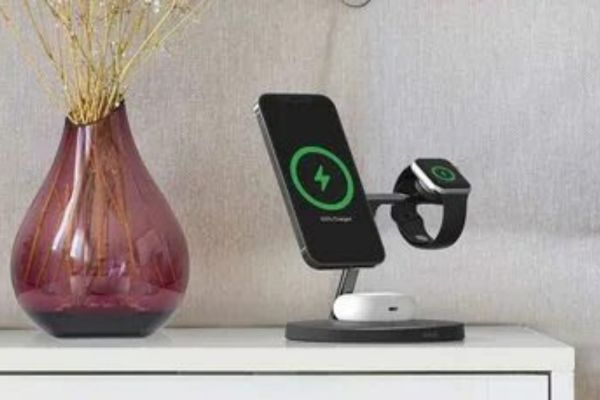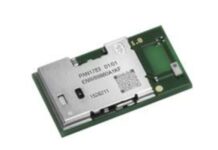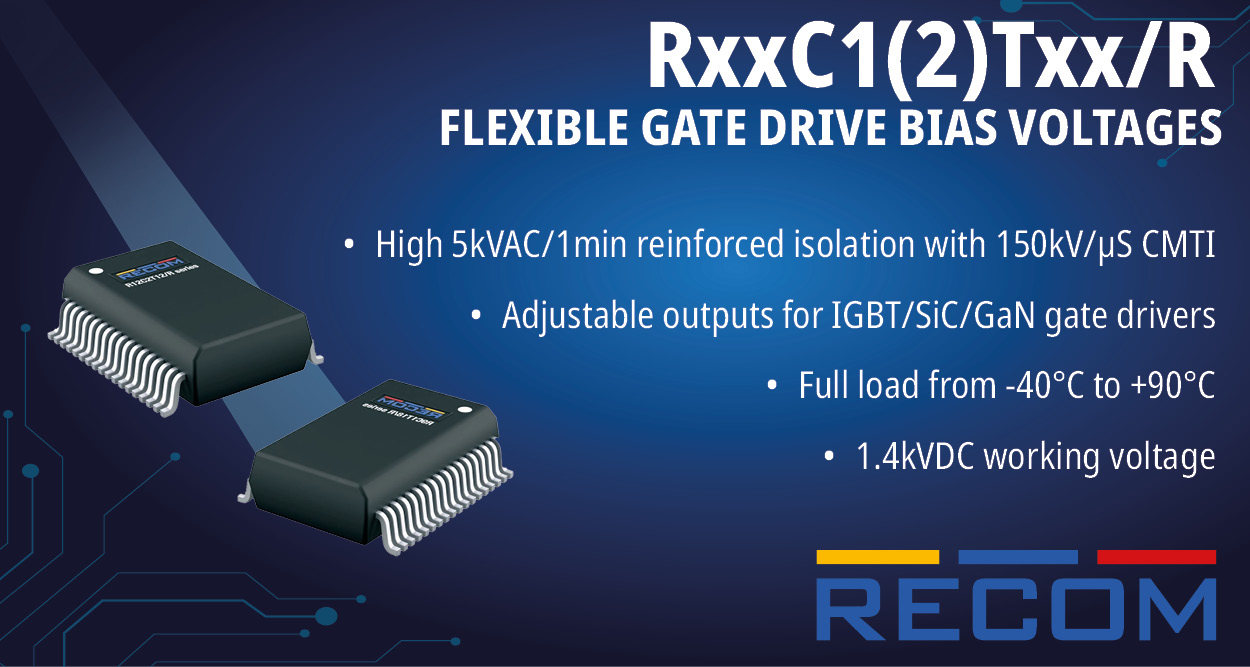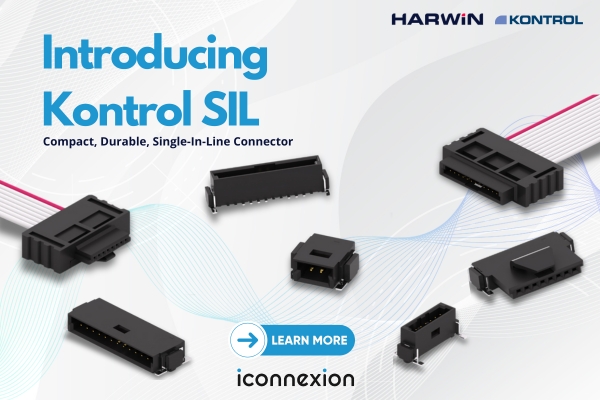As technology continues to evolve at a rapid pace, the demand for seamless and efficient power delivery solutions has never been higher. Among the many innovations shaping this future, the Wireless Chargers Market stands out as a transformative force. No longer just a convenient add-on, wireless charging is rapidly becoming a necessity in a hyper-connected world where mobile devices, wearables, electric vehicles, and smart home systems are all integral to everyday life. The growth of the Wireless Chargers Market reflects a larger shift toward cord-free, frictionless technology that aligns perfectly with consumer expectations for speed, convenience, and sustainability.
The Rise of Cordless Convenience in Consumer Electronics
The days of cluttered cables and tangled cords are being replaced by a new era of wireless power. With smartphone manufacturers leading the way—integrating Qi-standard charging into flagship devices—wireless charging has become a mainstream expectation rather than a luxury. Laptops, tablets, earbuds, and even kitchen gadgets are now entering the ecosystem, creating a demand boom across both personal and professional settings. Persistence Market Research has consistently highlighted this shift, noting that convenience, aesthetics, and growing compatibility are the primary factors fueling the Wireless Chargers Market.
Smartphones, Smart Homes, and Smarter Charging
Wireless charging is no longer limited to mobile phones. As smart home adoption rises, wireless charging is being integrated into household furniture, vehicles, and office environments. Nightstands, desks, car consoles, and even kitchen counters are now equipped with embedded wireless charging pads. According to Persistence Market Research, this convergence of design and utility is driving significant innovation in consumer tech. The seamless incorporation of wireless charging into daily-use products enhances user experience, reduces cable clutter, and supports minimalistic home aesthetics. The Wireless Chargers Market, in this context, is not just about charging—it’s about integrating intelligent power into smart environments.
Wearables and the Miniaturization Challenge
One of the most dynamic segments within the Wireless Chargers Market is wearable technology. Devices like smartwatches, fitness trackers, and health monitors have strict space limitations, making wireless charging a perfect solution. Magnetic connectors, compact coil designs, and energy-efficient charging protocols are being developed to cater specifically to this segment. As Persistence Market Research points out, miniaturization and energy optimization remain core challenges, but also offer significant market opportunities for manufacturers focused on innovation.
The Automotive Sector: Driving Wireless Charging Forward
Beyond consumer gadgets, the automotive sector is emerging as a powerful driver of wireless charging adoption. Electric vehicles (EVs) and hybrid models are exploring integrated wireless charging platforms for both in-car devices and vehicle batteries. While the technology is still maturing in terms of vehicle-scale charging, automakers are aggressively partnering with tech providers to incorporate wireless pads into car interiors. The Wireless Chargers Market is expected to benefit immensely from this cross-industry collaboration. As noted in various studies by Persistence Market Research, automotive use cases could help push wireless charging technologies from watt-level to kilowatt-level capabilities—opening doors to faster and more scalable applications.
Qi2 and the Push for Universal Standards
One of the key enablers of wireless charging adoption is standardization. The introduction of the Qi2 standard by the Wireless Power Consortium marks a significant leap forward in ensuring device interoperability, safety, and faster charging speeds. This updated standard draws inspiration from Apple’s MagSafe technology, enabling magnetic alignment for optimal energy transfer. According to Persistence Market Research, Qi2 has the potential to unify the market, reduce fragmentation, and give both manufacturers and consumers greater confidence in the performance and safety of wireless charging products. The Wireless Chargers Market is poised to grow rapidly as more devices comply with universal standards, simplifying the user experience.
Energy Efficiency and Environmental Sustainability
With global conversations increasingly focused on sustainability, the Wireless Chargers Market is aligning itself with green goals. Newer wireless chargers are being designed to minimize energy loss, optimize idle power consumption, and use recyclable materials in manufacturing. While traditional wired chargers often consume energy even when not in use, modern wireless systems can incorporate smart shutdown features. Persistence Market Research notes that sustainable design and low-carbon manufacturing processes are becoming key differentiators for brands in the competitive wireless charging space. As consumers become more eco-conscious, wireless solutions that deliver both convenience and environmental responsibility are gaining traction.
Challenges in Heat Management and Charging Speed
Despite the many advantages, the Wireless Chargers Market does face technical challenges. One of the most persistent issues is heat generation during charging. Inefficient designs can result in excessive heat, potentially affecting battery longevity or device safety. Moreover, wired charging still maintains a speed advantage in many cases, especially when fast-charging technologies are involved. However, ongoing R&D is working to narrow this gap. Persistence Market Research points out that advanced coil materials, smart chips, and dual-frequency designs are being explored to improve energy efficiency, reduce thermal output, and shorten charging times.
Commercial and Hospitality Adoption: Wireless Charging in Public Spaces
The role of wireless charging is also expanding into commercial sectors such as retail, hospitality, airports, and co-working spaces. Businesses are embedding wireless charging into tables, chairs, and lounges to enhance customer experiences. Coffee shops, hotels, and transit hubs that offer wireless charging facilities gain a competitive edge by providing value-added services. Persistence Market Research has emphasized that this trend will continue to expand as public expectations shift toward universal accessibility to wireless power. As a result, the Wireless Chargers Market is becoming a key component of modern customer service design.
Next-Gen Charging: The Road to Over-the-Air Power
Looking further into the future, technologies like over-the-air wireless charging and long-range energy transfer are already in development. Companies are experimenting with charging systems that don’t require direct contact between the device and charger—using radio frequencies or laser-based methods to deliver energy. While not yet mainstream, such innovations could redefine the Wireless Chargers Market in the next decade. Persistence Market Research suggests that these next-gen technologies may soon move from prototype to commercialization, especially as demand for contactless, high-speed charging continues to grow.
A Market That’s Just Getting Started
The Wireless Chargers Market is not just keeping pace with consumer tech trends—it’s helping define them. With applications expanding across smartphones, wearables, EVs, and smart homes, the market is positioned for long-term growth and innovation. As standards evolve, efficiency improves, and integration becomes seamless, wireless charging will likely become the new norm. Persistence Market Research forecasts continued advancements in materials, design, and functionality that will further embed wireless power into everyday life. The future of charging is wireless, and the journey has only just begun.
















